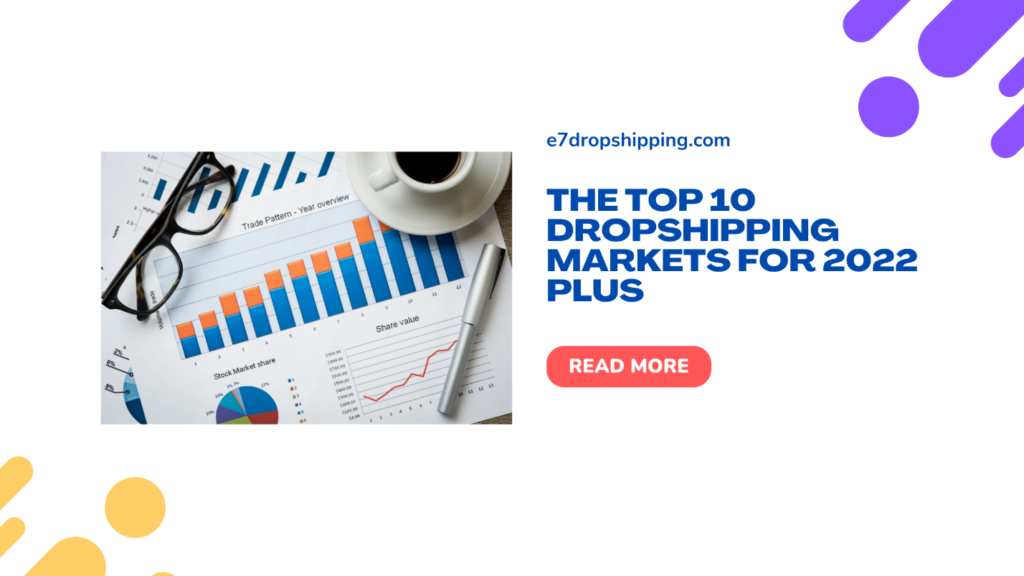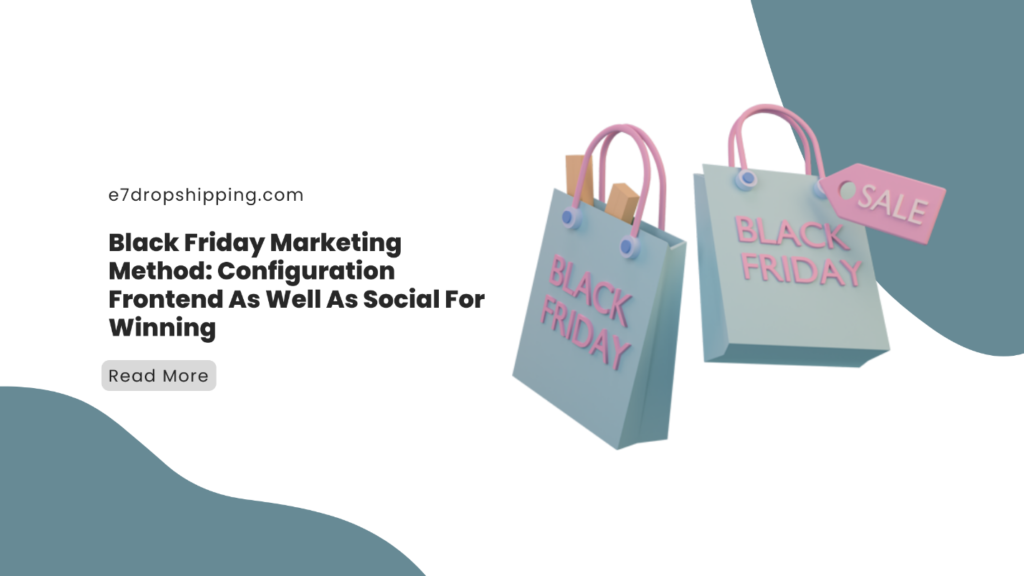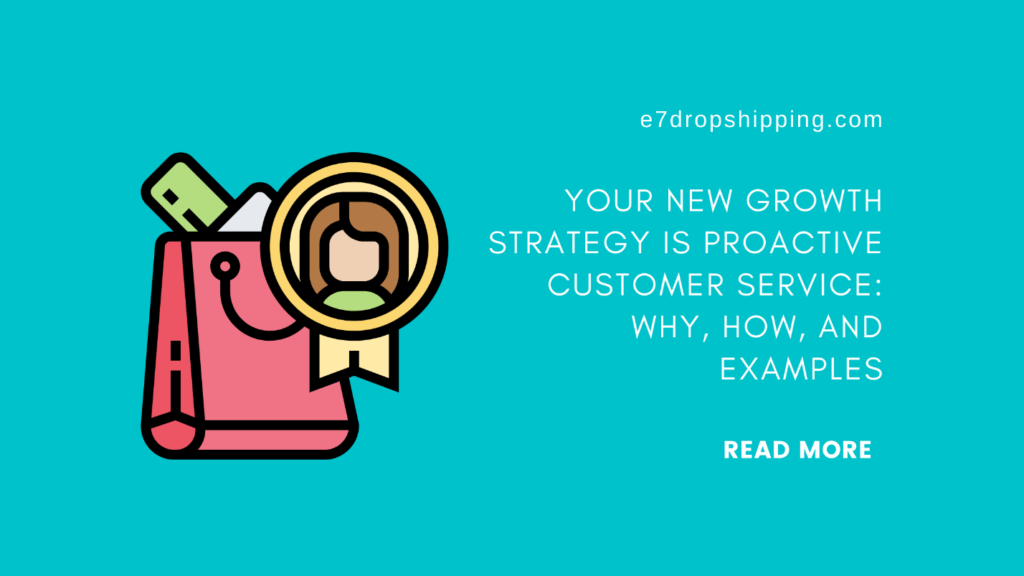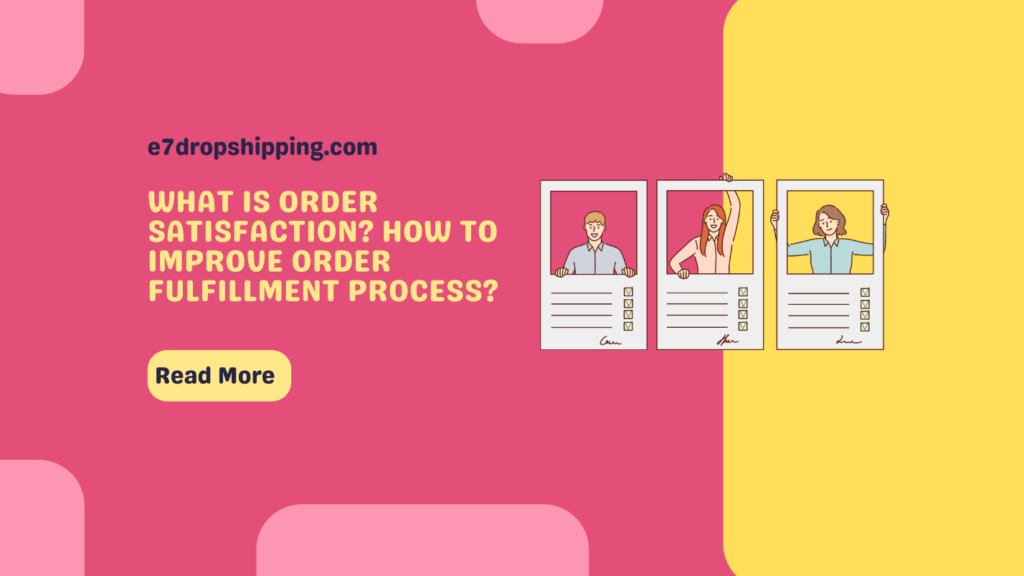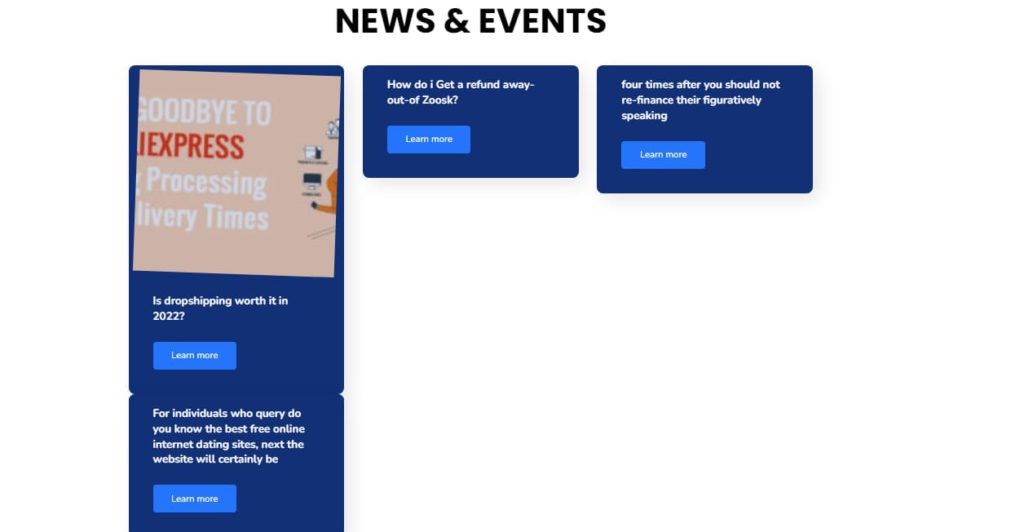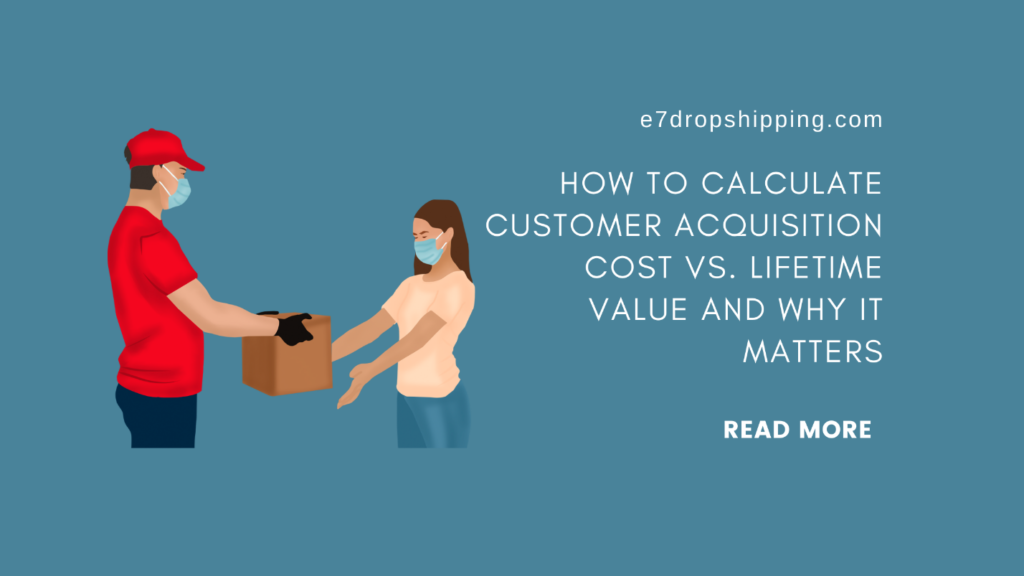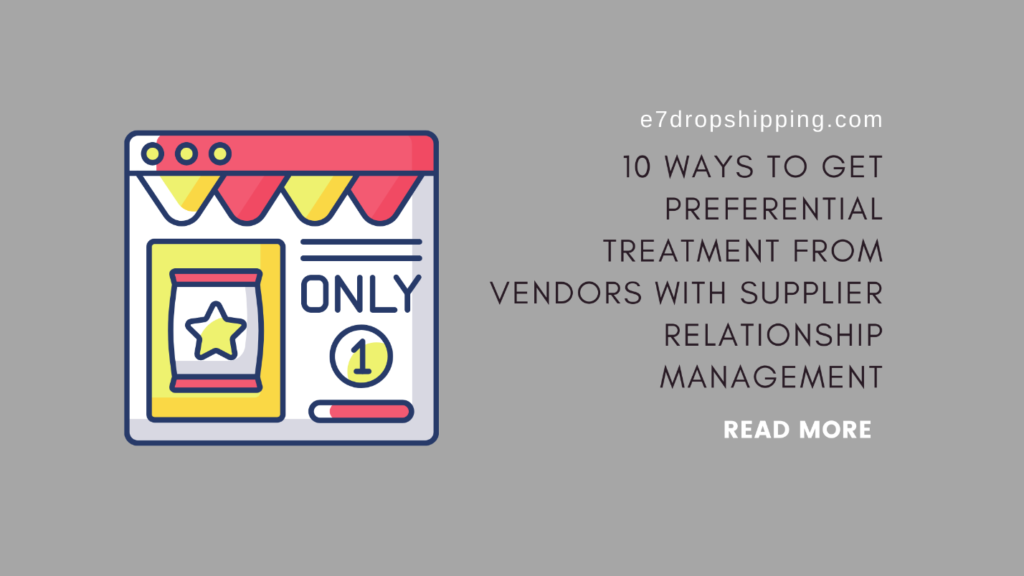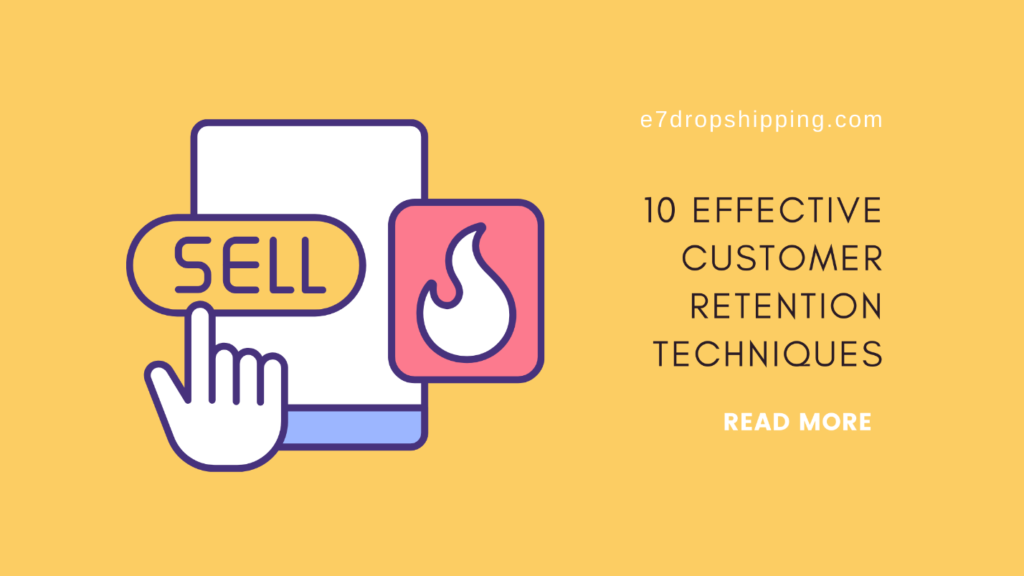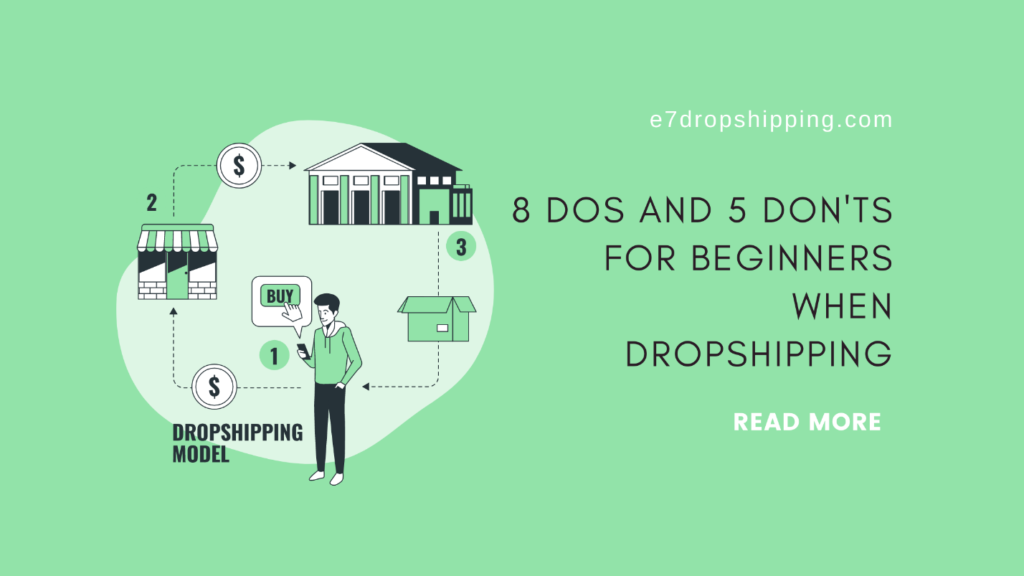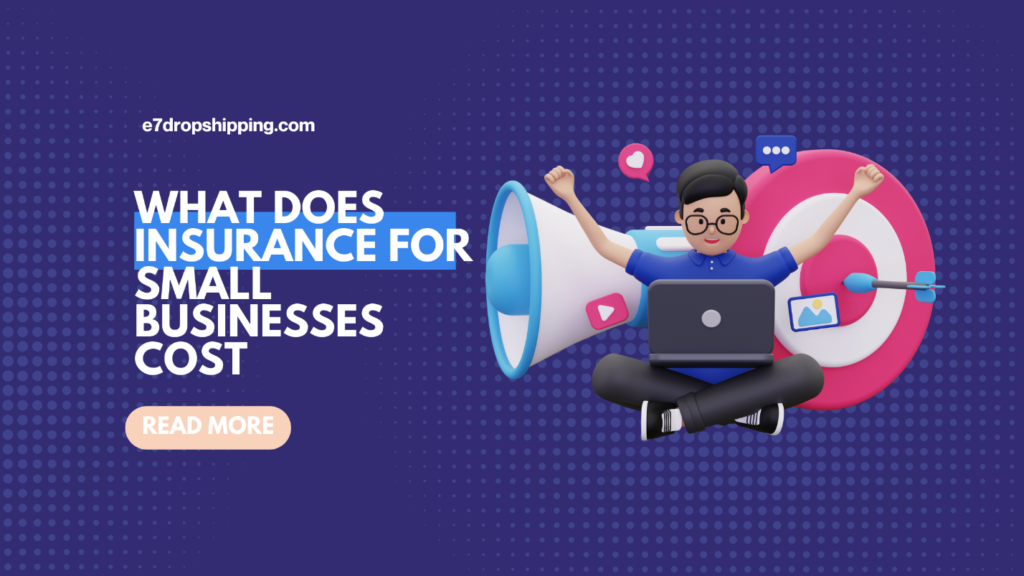Why it\’s important to understand CAC
As a business-level indicator of success in eCommerce, CAC frequently serves as a quick check for sustained revenue.
Simply said, in order to make money, your average CAC must be lower than your average order value (AOV). Focusing your marketing efforts on lowering client turnover will help you lower your CAC if it is trending higher than your AOV.
CAC is a useful indicator of a competitive climate. According to SearchNode\’s analysis on 2021 Ecommerce Trends, 84% of eCommerce merchants think that competition is harsh or extremely tough.
How to determine CAC
This straightforward technique will help you determine your CAC:
Total Cost of Sales and Marketing (CAC) (Number of Customers Acquired)
Total expenses for sales and marketing may include:
• The cost of any contracts or salaries for anyone working on your marketing campaign. Only use the same fraction to determine their wage if they only work part-time in marketing.
• Any extra costs for things like office space or equipment.
• Any equipment required to bring in new clients, such as an internet store, a payment processing system, or email marketing software.
For channels like Google, social media, programmatic displays, etc., all direct advertising expenditures.
All expenses associated with getting your goods into your customers\’ hands after conversion, such as packing, shipping, and handling.
For instance, if a business invests $1,000 over the course of a year to bring on 20 new clients, their CAC would be $50.
Consistency is essential when utilizing CAC to guide company choices, keep in mind. Only if you factor in the same kinds of costs each time you benchmark your efforts will your CAC calculation produce long-term insights that are trustworthy.
What is the lifetime worth of a client?
The total amount of money that a current client will generate over the course of their usual lifetime is known as the lifetime value of a customer.
Consider a scenario in which a typical consumer remains with your business for around two years and makes five transactions from your website, each of which costs $50 on average. In this instance, your CLV would be $250.
Why it\’s important to understand your CLV
When you sell products online, CLV is important because it gives you a comprehensive picture of the possible revenue from your consumer base. You gain a true understanding of the lifetime value of each customer you acquire rather than focusing on first-buy metrics like AOV.
As a result, you can use this statistic to switch your focus from client acquisition to customer loyalty in addition to evaluating the effectiveness and success of your marketing investments. If the buyer makes their biggest purchase after trying your products out, it doesn\’t really matter how much AOV there was for the initial conversion.
How to determine CLV
CLV can be calculated in a variety of ways, from straightforward to sophisticate. A popular formula is as follows:
(AOV times Repeat Purchase Rate) – CAC = CLV
Divide income by the total number of orders over a specific time period to determine your AOV. The proportion of clients that make additional purchases from you during a given time period is known as your repeat purchase rate.
How CAC and CLV interact
One emphasizes price, while the other emphasizes the value side of the trade-off. That may give it away: CAC and CLV work best when they are strongly correlated to present a comprehensive picture of business success.
Ecommerce experts advise concentrating on a metric called CLV to CAC ratio in order to achieve that goal. This statistic contrasts the total worth of a customer with the price paid to acquire them.
If the ratio is less than one, every time the business adds a new customer, it loses money. A ratio greater than one indicates increased revenue but not necessarily profitability. After all, there are company expenses that are unrelated to client acquisition.
In general, merchants focus on a ratio greater than three, though this might vary depending on the merchant\’s stage of development, whether it is high growth or maturing, the competitive climate, and other considerations.
Additionally, a ratio over five can point to improvements. It\’s a crucial sign that increasing marketing spending would enhance acquisition strategies and increase online sales.
What counts more for the success of ecommerce: CAC or CLV?
The success of your company can be measured using both CAC and CLV. However, for a few reasons, increasing your CLV is frequently more important than reducing your CAC.
It is more challenging to adjust CAC because it is, at least in part, determined by your audience and the competitive landscape. Focusing on CLV can therefore have a more noticeable influence on revenue.
A greater CLV enables you to spend more on each customer\’s acquisition, spreading out and improving the return on your customer acquisition spending.
Because it places a strong emphasis on cutting expenses, CAC can be a contentious metric. It\’s possible that non-marketing executives will want to reduce your marketing budget.
Voice seven techniques to raise your CLV to CAC ratio.
You can concentrate on either side of the equation in any endeavor to increase your CLV to CAC ratio. The strategies listed here are just a handful of the many ways you can decrease wasteful spending while maximizing value. To accomplish both, you must concentrate on raising your customer retention rate.
1. Introduce a subscription-based service
According to a conventional eCommerce business model, your CLV is reliant on clients making unique decisions to purchase your goods each and every time. By automating this procedure, a subscription model gives your consumers additional ease while also assisting you in creating a steadier and predictable cash stream.
The conventional eCommerce model can coexist alongside a subscription-based service. However, since subscriptions are a more efficient means to increase CLV, it\’s crucial to demonstrate the benefits of subscribing to clients.
2. Establish a client loyalty program
A loyalty program encourages customers to do business with you for a longer period of time. It offers users points, discounts, or other benefits in exchange for their first and subsequent purchases. Your CLV consequently rises as a result while your CAC stays the same.
Added benefits of loyalty programs include an improvement in consumer satisfaction and, as their name implies, brand loyalty.
3. Promote and reward client recommendations
Your acquisition costs might be significantly reduced via referrals. A customer appreciating your goods in front of their social circle or professional network is entirely free advertising for your brand. Even rewarding them with a robust referral program is less expensive than a thorough advertising plan based on demographic indicators.
Naturally, referrals only succeed if your clients adore your brand and product. But when they do, taking a calculated strategy to motivating them can significantly lower your CAC and raise your CLV/CAC ratio.
4. To reduce friction, make use of reordering options.
What if you could persuade clients to place repeat orders when they have the highest needs? A quick text or email reminding customers to place new orders for things they use up over time could be quite effective.
By doing this, you lessen friction. Spending on client retention can be made more effective when the tool you use can pinpoint the best times to contact customers. This decreases the importance of CAC while increasing your lifetime value.
5. Using search and order history to upsell and cross-sell
Utilizing data you\’ve obtained about the consumer to upsell and cross-sell is one of the finest methods to increase the CLV portion of the equation. These strategies assist in raising AOV, which raises CLV.
If a consumer is steadily upgrading, you can recommend more expensive things to them or products that go well with their recent or frequent purchases thanks to their order history. Upsell and cross-sell to new clients based on cookie-driven browsing patterns.
6. Improve paid advertising for acquiring customers
The cost of acquisition is skyrocketing due to paid-ad competition and changes to privacy data, whether it be in search or social. These expenses can drastically reduce your profit margins if you don\’t perform frequent ad audits.
It\’s crucial to routinely do A/B tests to see which advertisements resonate with clients in order to control these expenditures.
Google gives you the option to switch up the headlines and descriptions of your search ads until you discover the one that converts the best. You may even experiment with the timing of your adverts to adjust your spending to the times when they are most likely to result in sales.
Visuals are crucial for social media ads because you only have a brief window to capture clients\’ attention while they scroll. Check which short videos and photographs receive the most clicks using an A/B test.
7. Define a free shipping cap.
An AOV boost from a free delivery threshold is similar to cross-selling and upselling. It encourages customers to add items to their carts up until they reach the threshold required to receive free shipping. Internal studies show that a free delivery threshold can boost AOV by as much as 27%.
